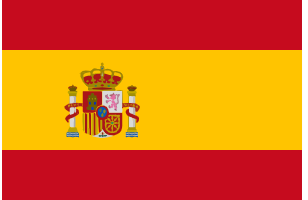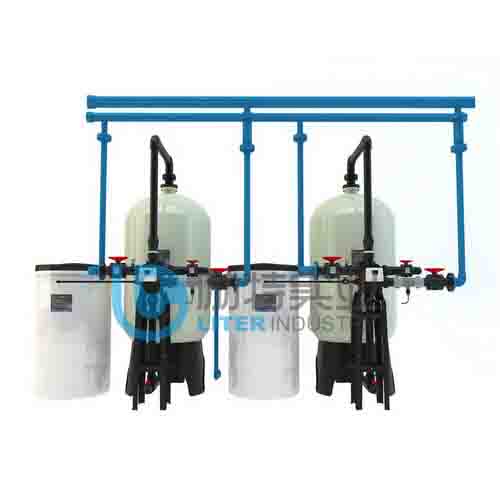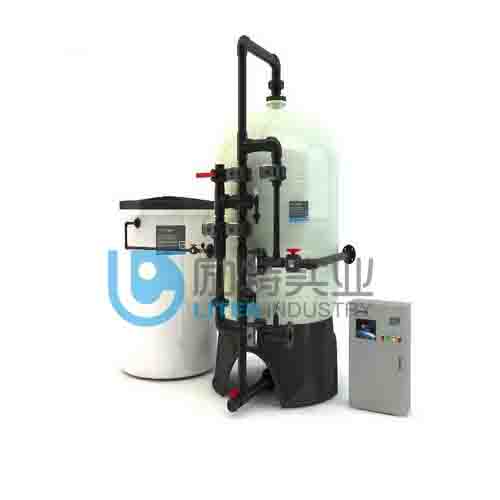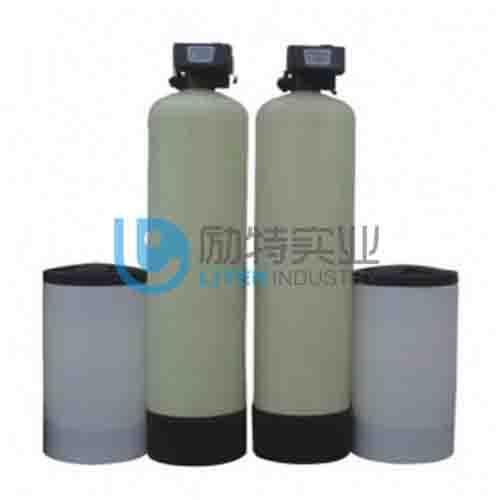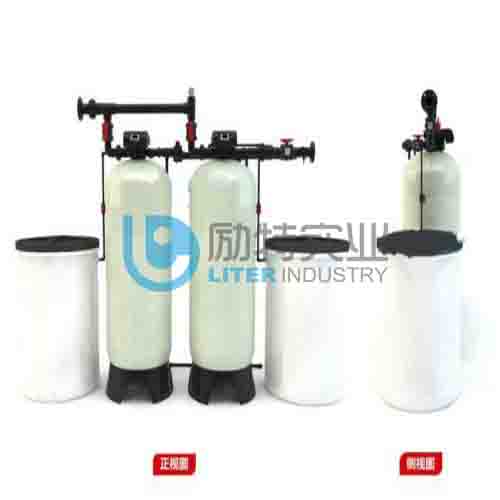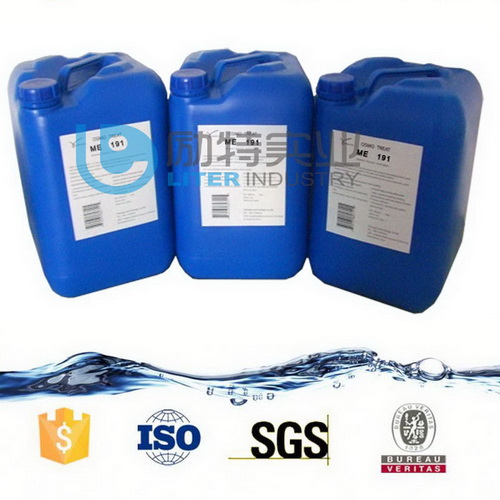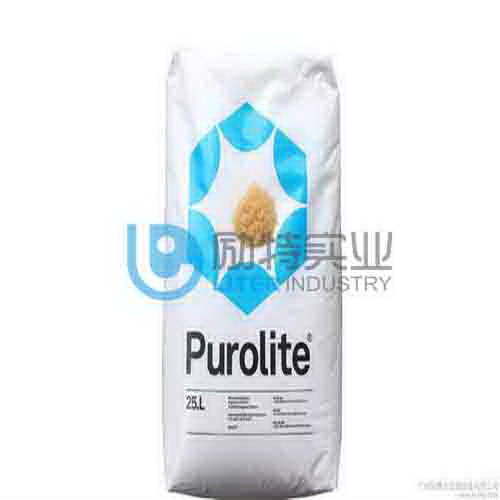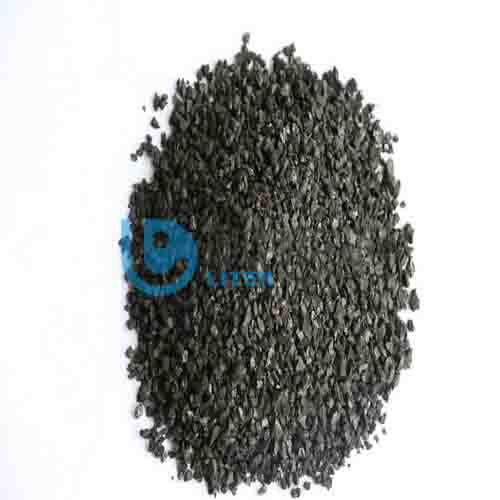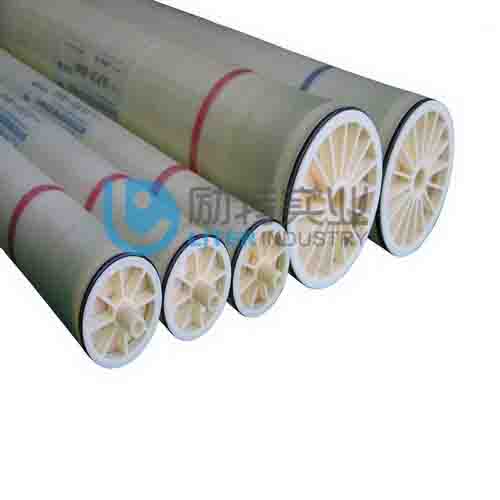- The product description
- The main function
- The basic parameters
Introduce the world's advanced American FLECK company and American AUTOTROL company control devices, domestic fully automatic ion exchange softening equipment assembled and formed, combined with China's actual situation, and integrated domestic and foreign advanced manufacturing processes and technologies. The resin tank is made of high-quality glass steel, stainless steel and Made of anticorrosive materials such as carbon steel lining plastic, the equipment has excellent quality, stable and reliable performance, and realizes the fully automatic operation of water softening equipment without special management. The performance-price ratio is higher than that of similar domestic products. It has been widely used throughout the country with good results.
This system is widely used in boilers, air-conditioning and refrigeration systems in petrochemical, light industrial textiles, food hygiene, hotels and restaurants and other industrial or civil systems.
Working principle and purpose of automatic water softener
The hydraulic control valve uses the kinetic energy of the water flow to drive two sets of turbines to drive two sets of gears to drive the water dial and the control plate to rotate. The water dial accumulates the flow through, and the control panel introduces the raw water pressure signal into a group of valve chambers through a group of ports, and opens or closes the pressure ports according to the set law while rotating, so as to realize the automatic switching of a group of integrated valves. .
The water softener consists of two resin tanks (main tank and auxiliary tank), hydraulic control valve and salt tank. The control valve controls the waterway to switch between the main tank and the auxiliary tank to ensure that one tank is always in working condition and the other The tank is in the state of regeneration or standby, the regeneration salt solution is sucked in by the negative pressure of the venturi ejector installed in the valve, and the regeneration and cleaning water is the softened effluent of another tank. For different raw water hardness, use different numbers of water dials to achieve the corresponding work and regeneration cycle.
The hardness of water is mainly composed of cations: calcium (Ca2+) and magnesium (Mg2+) ions. When the raw water containing hardness passes through the resin layer of the exchanger, the calcium and magnesium ions in the water are adsorbed by the resin, and sodium ions are released at the same time, so that the water flowing out of the exchanger is softened water with the hardness ions removed. When the resin adsorbs calcium, After the magnesium ion reaches a certain degree of saturation, the hardness of the effluent increases. At this time, the water softener will automatically regenerate the spent resin according to a predetermined procedure, and use a higher concentration of sodium chloride solution (salt water) to pass through the resin to make the invalid The resin is restored to sodium-type resin.
Features of automatic water softener equipment
1. High degree of automation. Stable operating conditions.
2. Advanced program control device. Accurate and reliable operation. Replace manual operation. Completely realize the self-conversion of each link of water treatment.
3. High efficiency and low energy consumption. Economic operation cost. Due to the reasonable overall design of the softener, the resin exchange can be brought into full play. The equipment uses jet-type salt absorption instead of salt pumps. Energy consumption is reduced.
4. The equipment has a compact structure, a small area, and saves capital investment. Installation, debugging, simple and easy to use. The performance of the running parts is stable.
Water inlet requirements for automatic water softeners
Residual chlorine <0.1ppm Turbidity <2 Fe<03ppm
Mn <0.3ppm total salt content <500 ppm
Key points of construction and installation of automatic water softener
1). The pipeline should be equipped with a force support to prevent the control valve from being stressed.
2) When the inlet pipe of the water softener is connected to the domestic water pipe, a backflow preventer shall be installed on the inlet pipe.
3) If the inlet water pressure is lower than 0.15MPa, pressurization measures are required.
4) The length of the sewage pipe should be less than 6m; no valve is installed on the pipe; the outlet should not be higher than the valve body, and the terminal should be open to avoid siphoning.
5) In addition to the water softener that uses the hydraulic drive multi-way valve, 220V power supply is required on site.
6). Do not use iodized salt. Calcium salt should be used as regenerating agent.
Main classification of automatic water softener
1) According to the operation mode: fixed bed, continuous exchange bed
The fixed bed can be divided into: downstream regeneration fixed bed, countercurrent regeneration fixed bed, and floating bed.
Continuous exchange bed can be divided into: moving bed, fluid bed.
2) According to the water flow control mode of ion exchanger water production, regeneration and flushing: integrated valve control mode and discrete multi-valve control mode
The control form of integrated valve is divided into mechanical rotary multi-way valve, plunger multi-way valve, plate multi-way valve, hydraulic drive multi-way valve.
The discrete multi-valve control form is divided into automatic diaphragm valve group + controller and manual valve group.
Note:
① The mechanical rotary multi-way valve is developed and produced in China. This type of multi-way valve has a simple structure, but it is easy to wear and has a high failure rate. An improved version has been produced with good performance.
② Plunger type, plate type and hydraulic drive multi-way valve are imported technology and products from abroad, and other components of ion exchanger are produced and matched by domestic production. This type of product has reliable performance, low failure rate and long service life, and is the first choice for design and use.
③ The integrated valve control mode is used in the system with a small amount of softened water. When the amount of softened water>40m3/h, the control fo
Water softening equipment equipment to reduce water hardness mainly remove calcium and magnesium ions in the water. Water softening equipment can reduce the total salt content in the water in the process of softening water. It is widely used in hot water boiler systems heat exchange systems industrial cooling systems central air conditioning systems and other water equipment systems.
Technical indicators of the automatic water softener: 1. Inlet water pressure: 0.25—0.45MPa preferably 0.3MPa; 2. Inlet water hardness: ≤6.5mmol/L (if the raw water hardness exceeds this index it needs to be redesigned); 3. Water hardness: ≤0.03mmol/L; 4. Raw water temperature: 2-50℃; 5. Power supply: AC22DV50Hz power 10-50W; 6. Resin model: 00lx7 strong acid cation resin (imported and domestic brands are optional); 7 Valve body material: high-strength plastic or brass; 8. Tank material: FRP winding (carbon steel lined rubber stainless steel tank can be configured according to requirements); 9. Water consumption: <2% of water production; Salt consumption: < 100 g/gram equivalent power consumption: 3-40W





